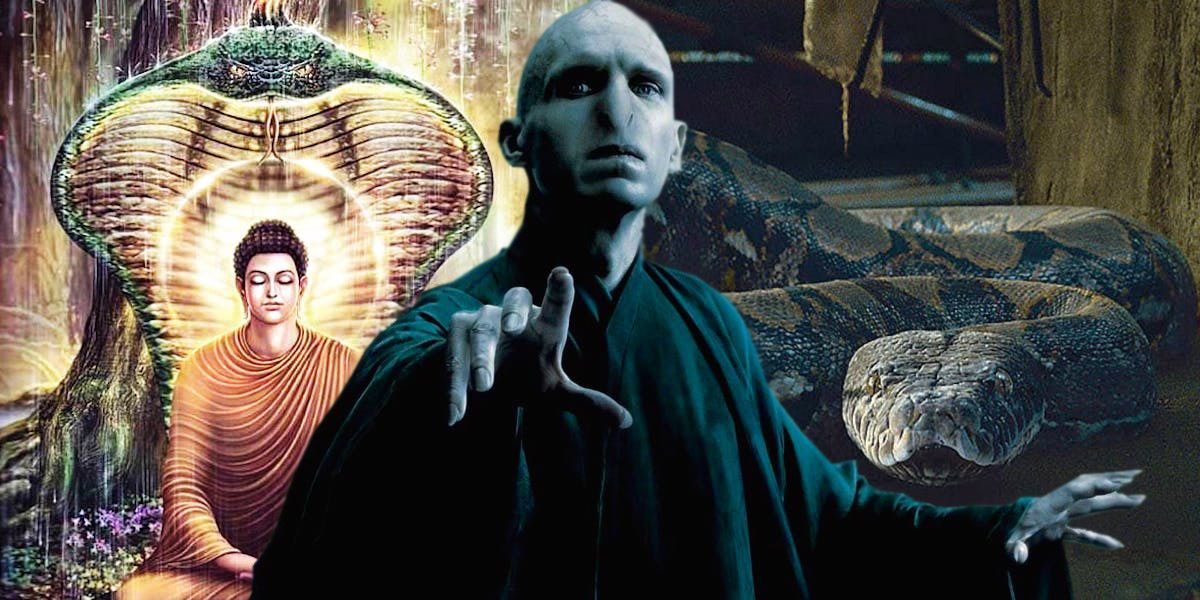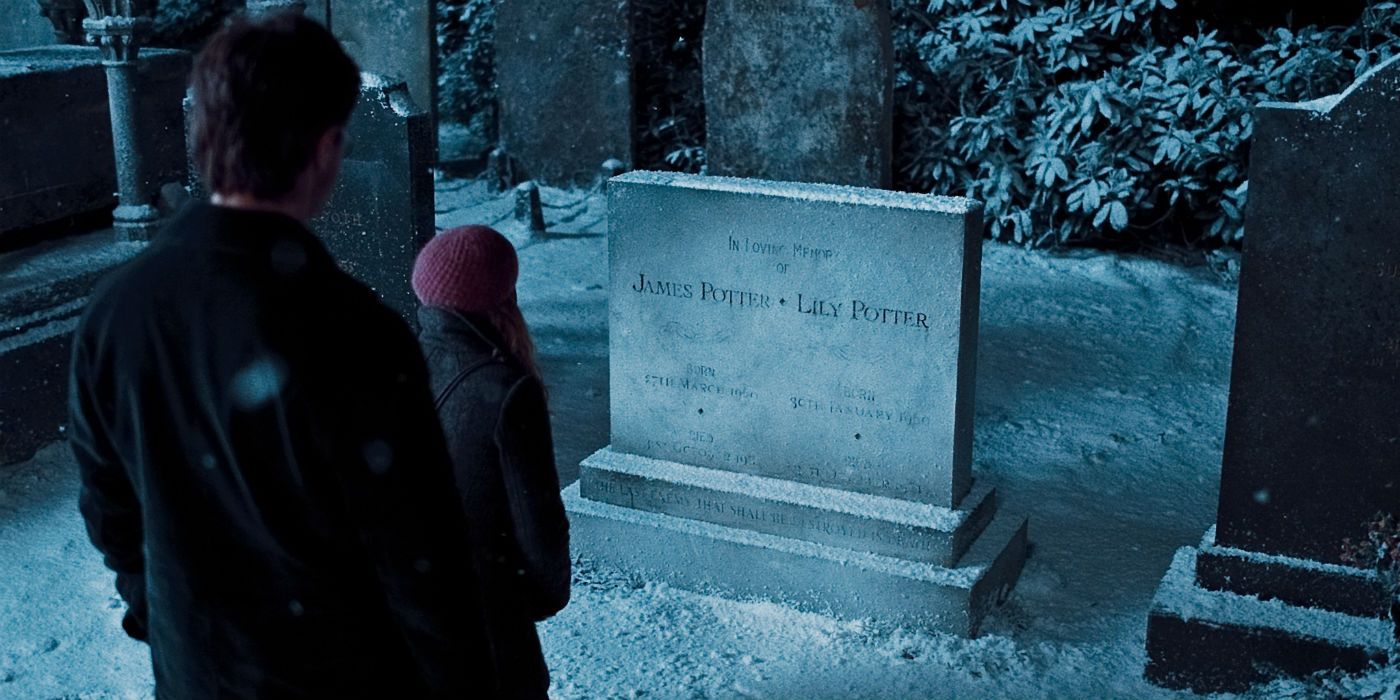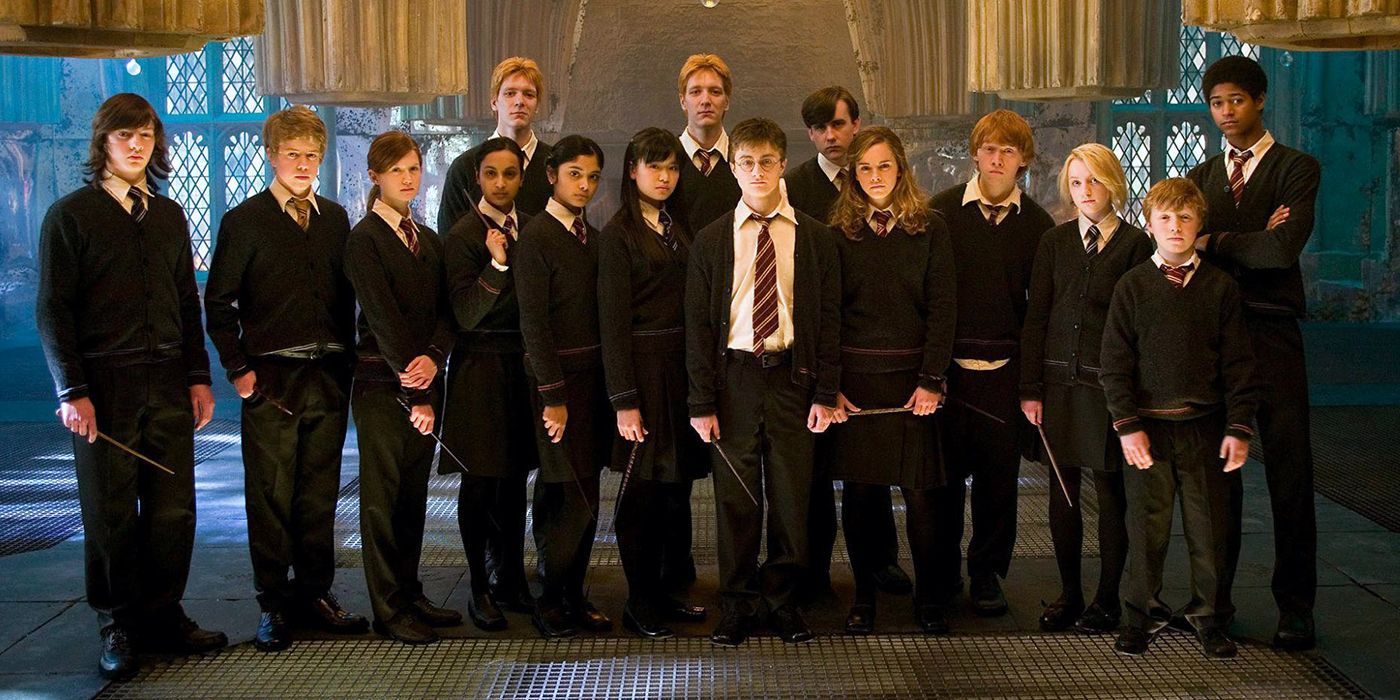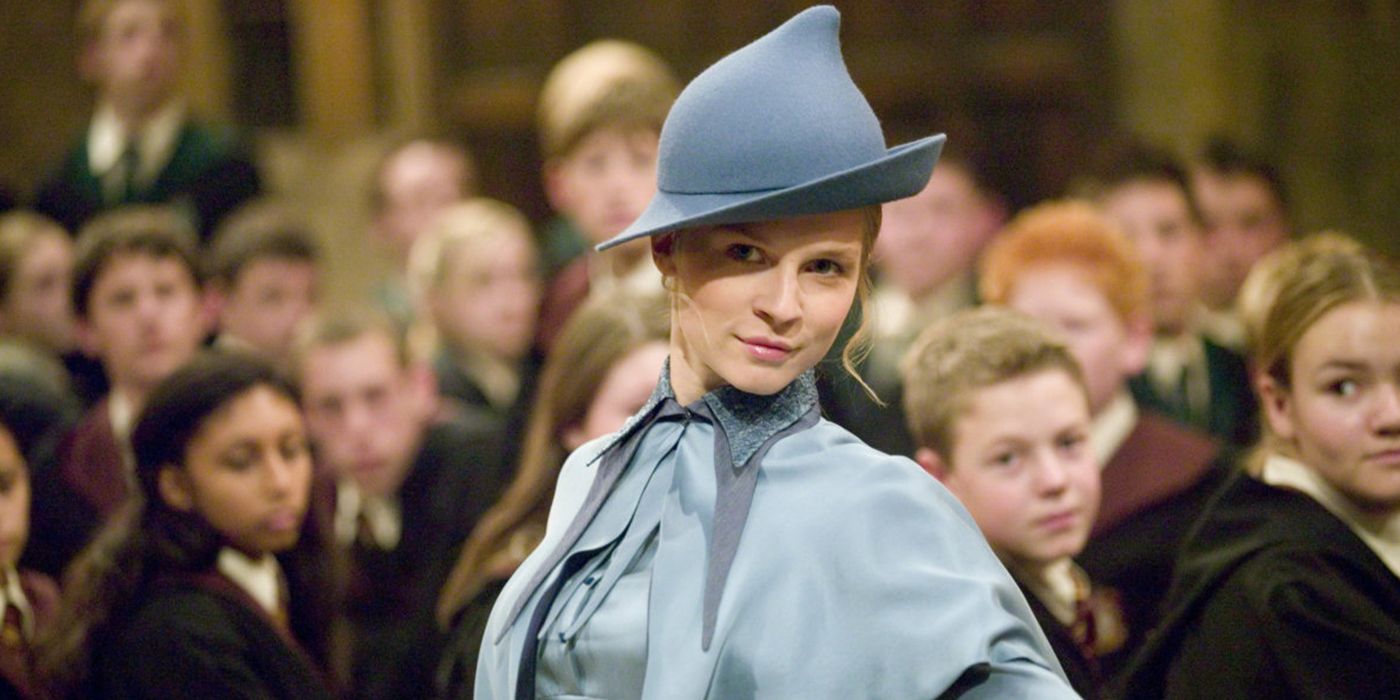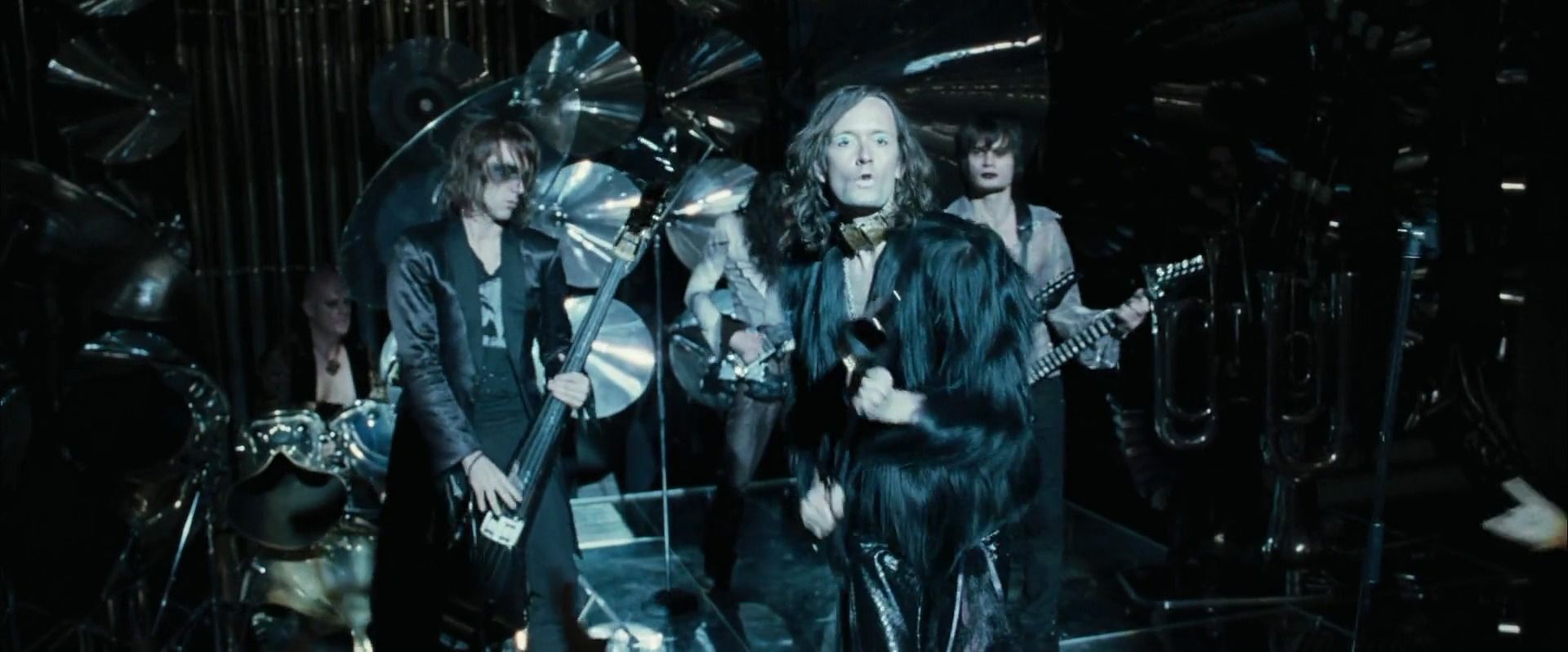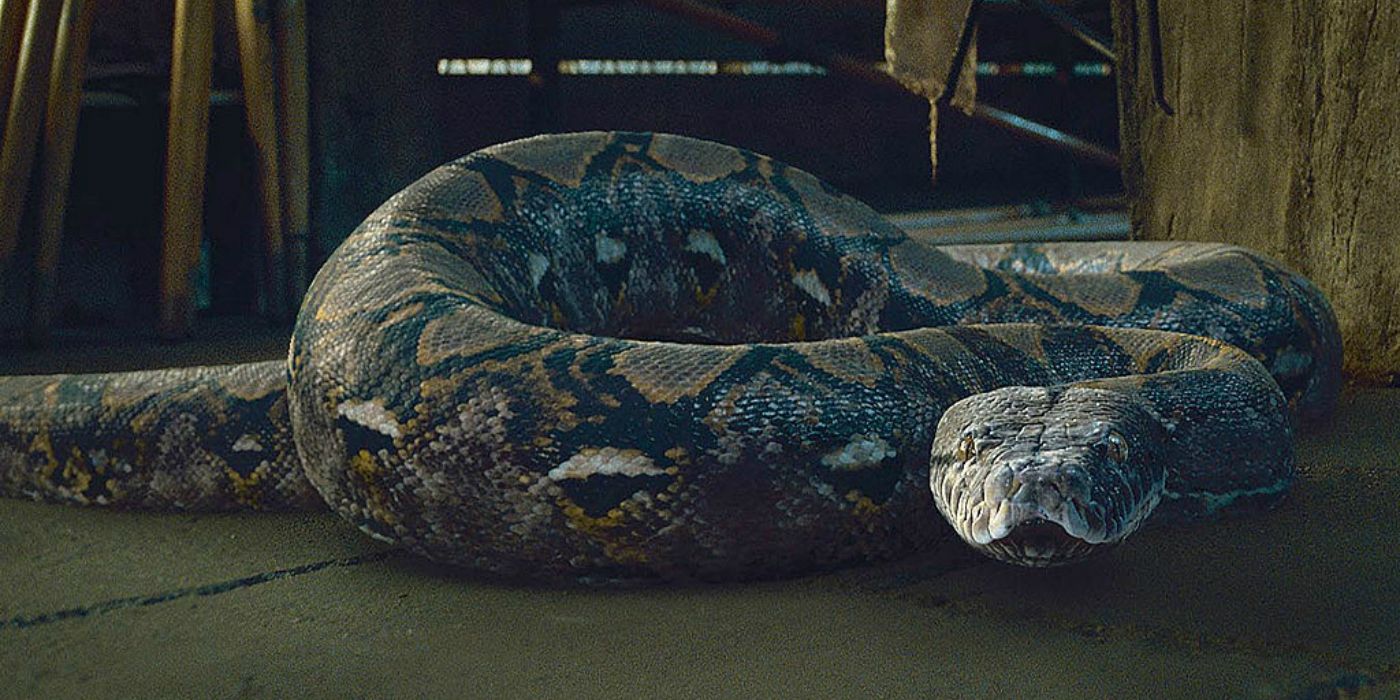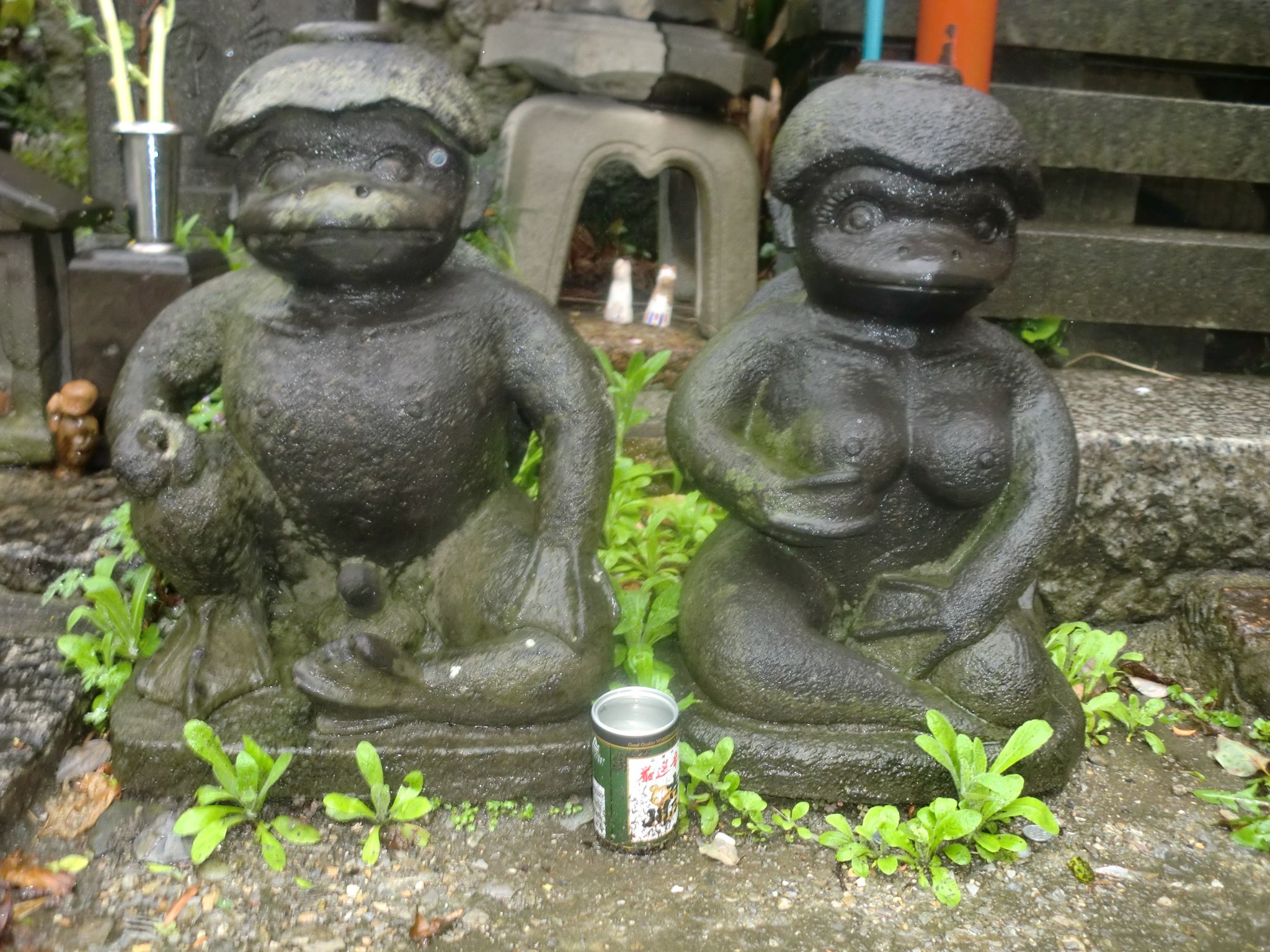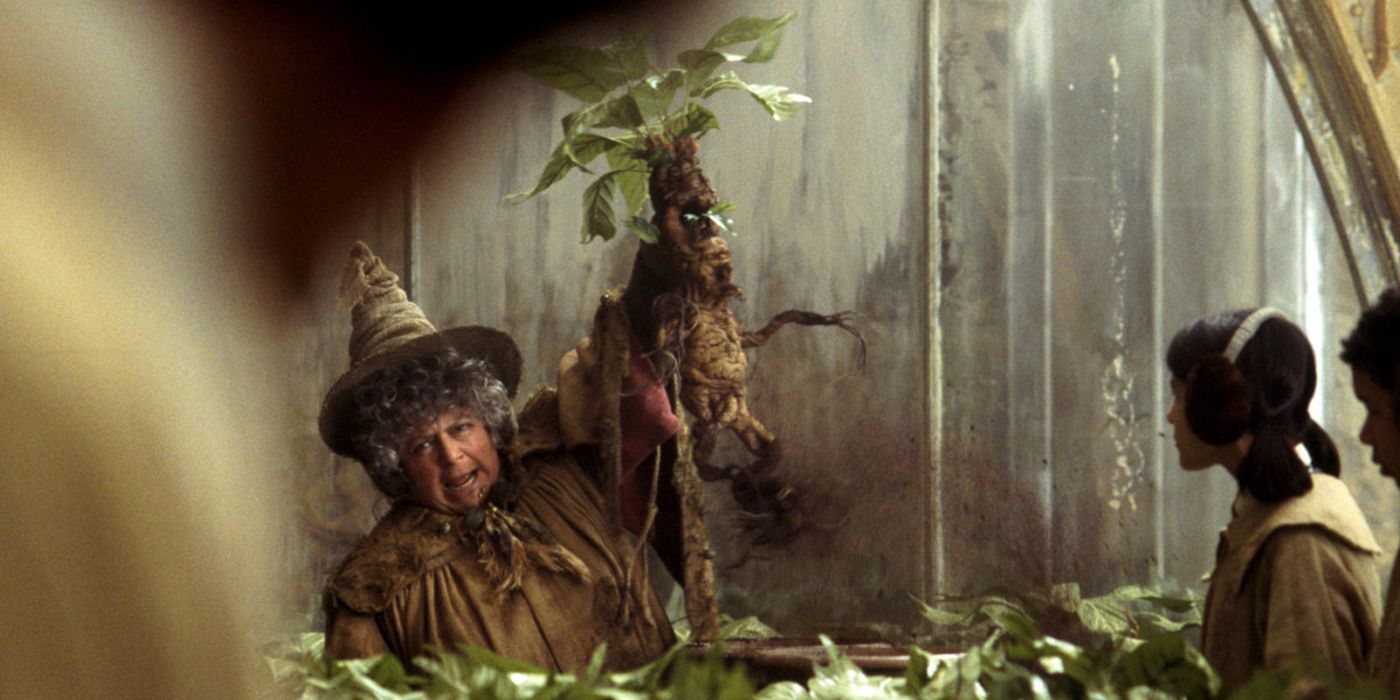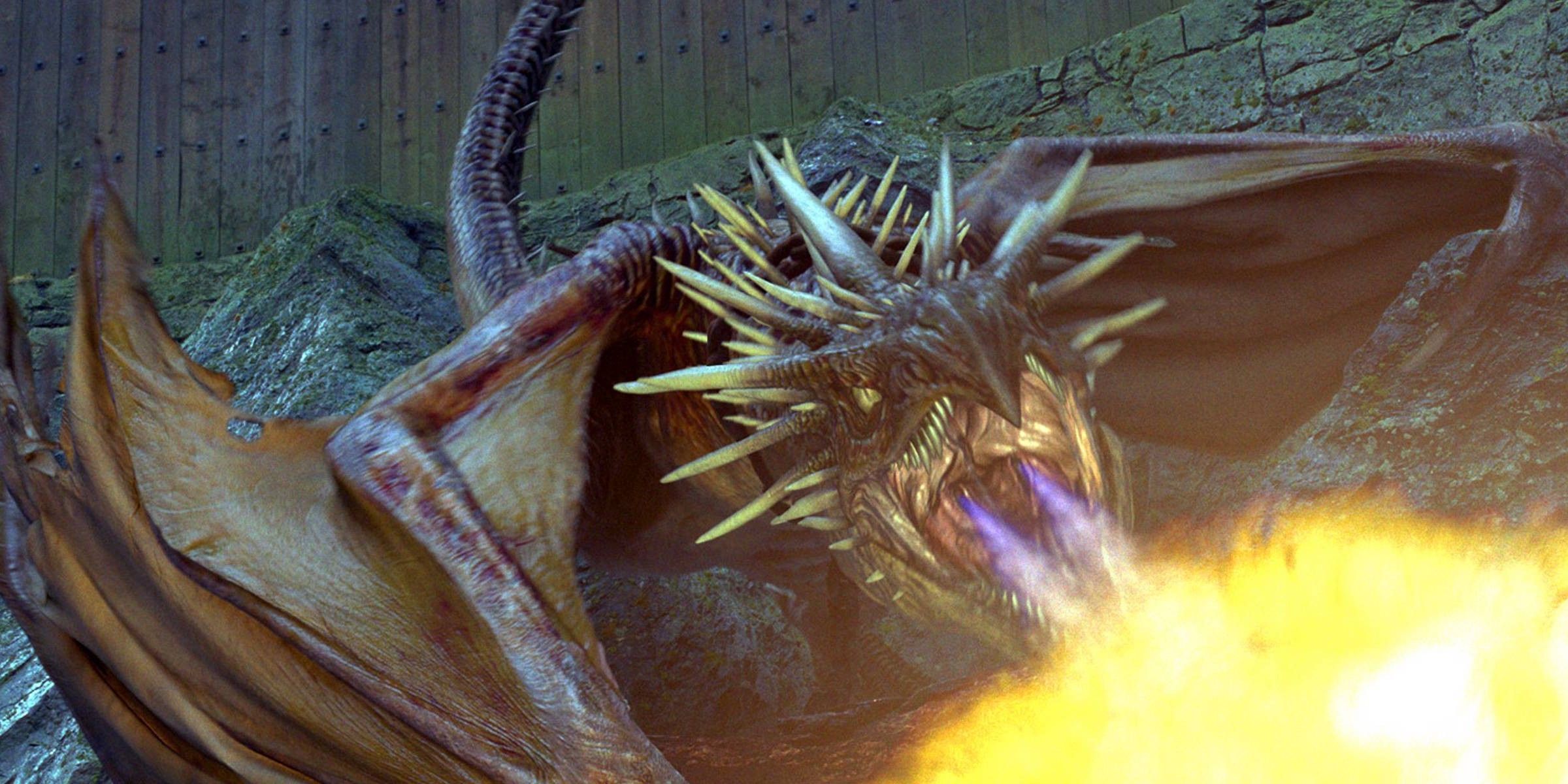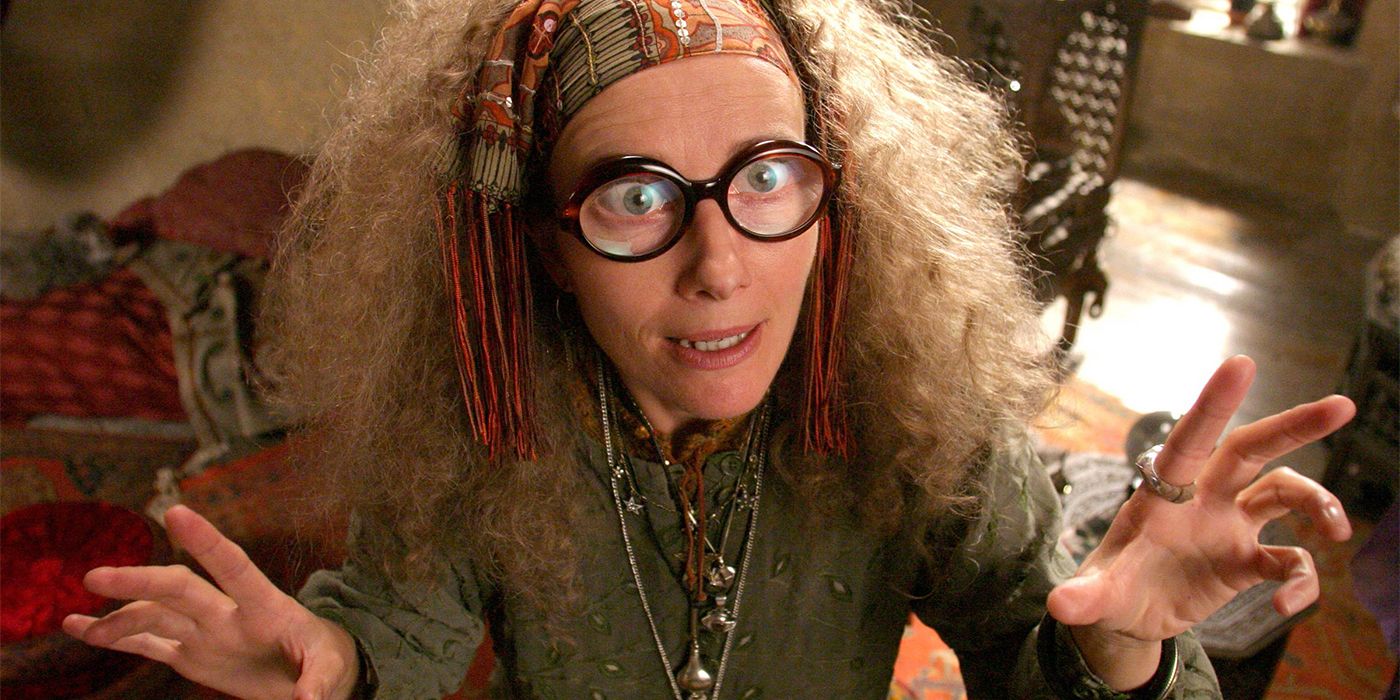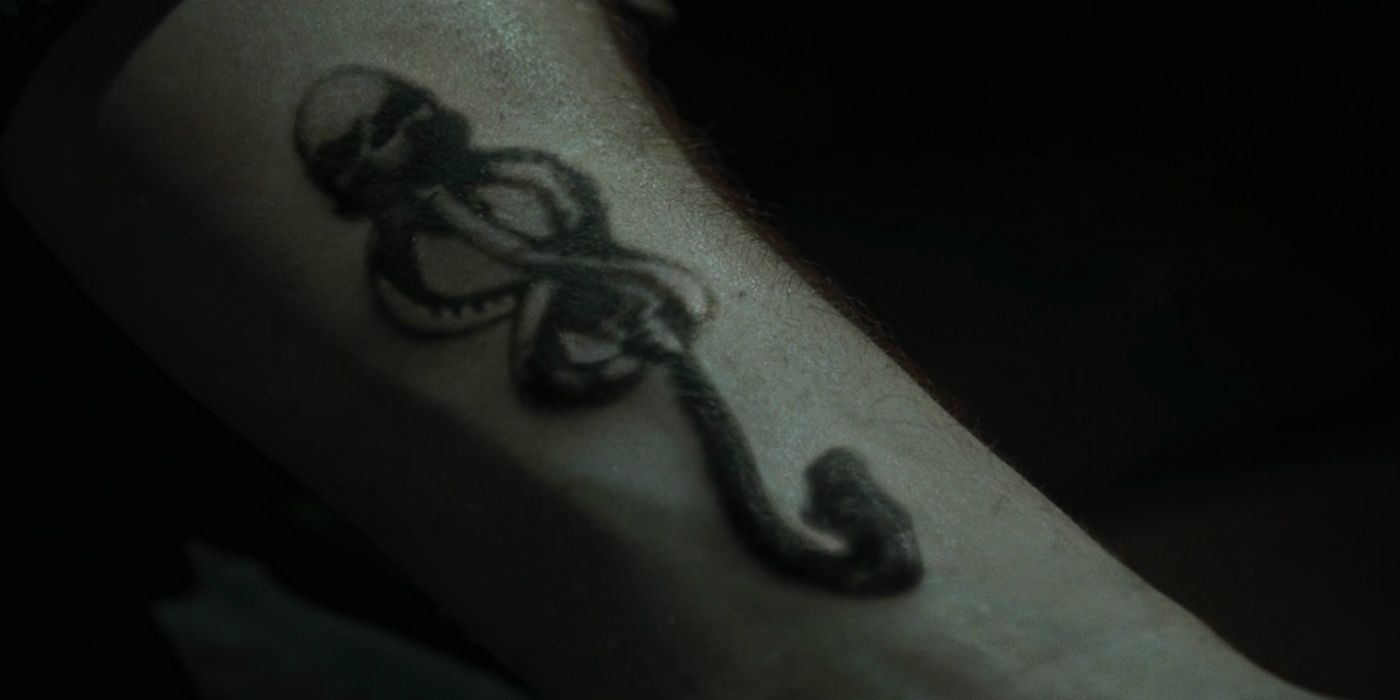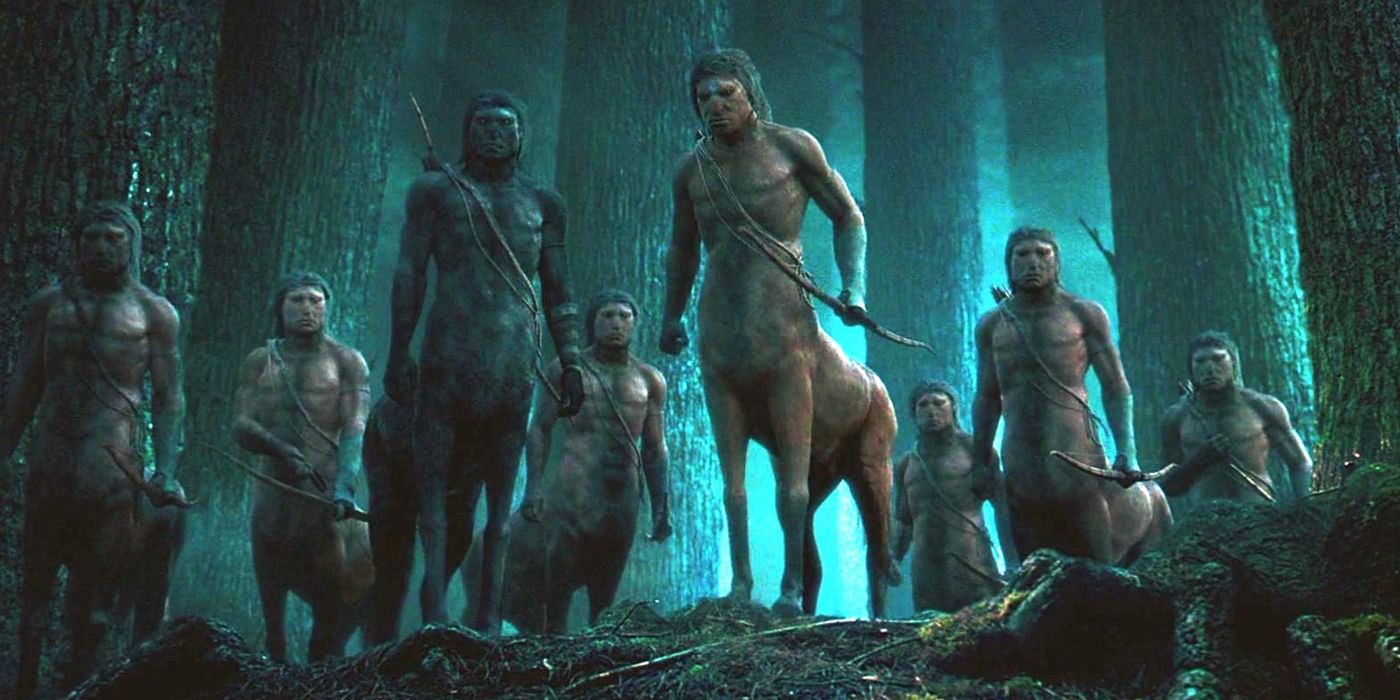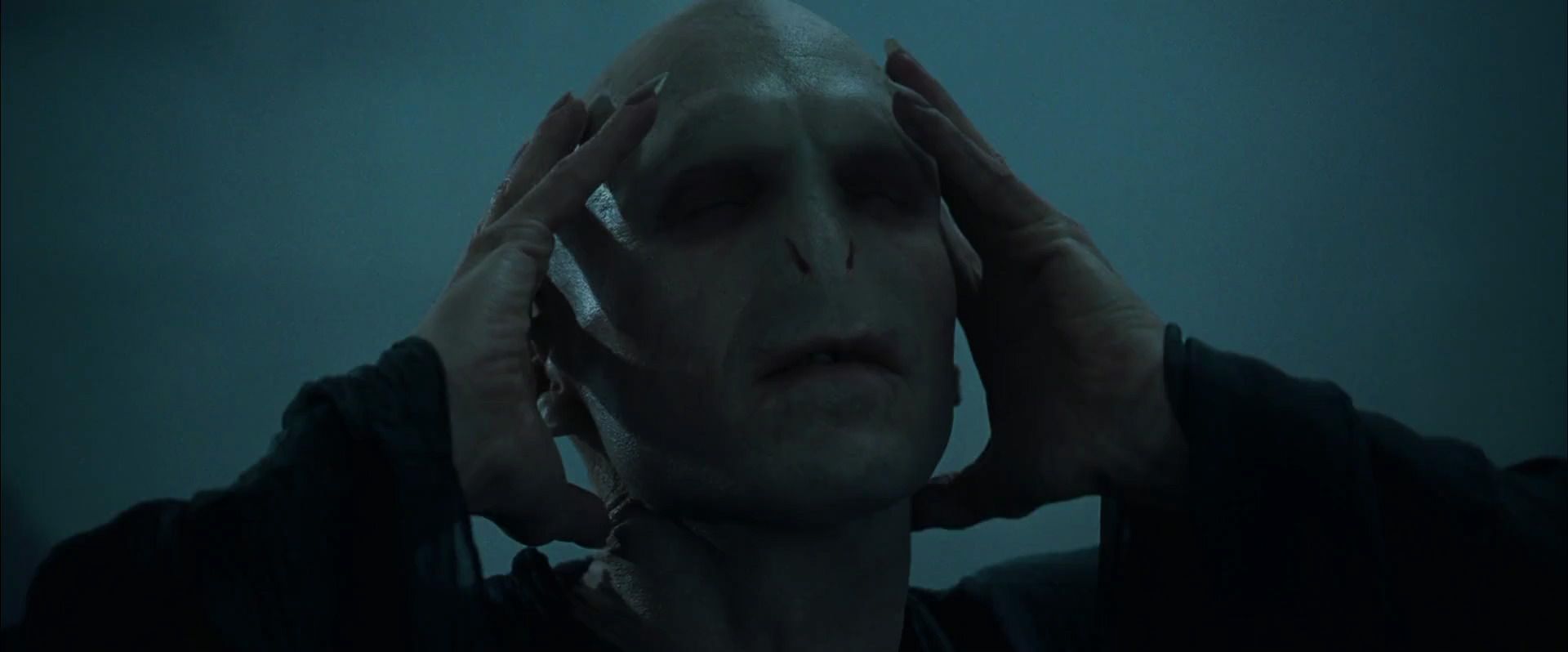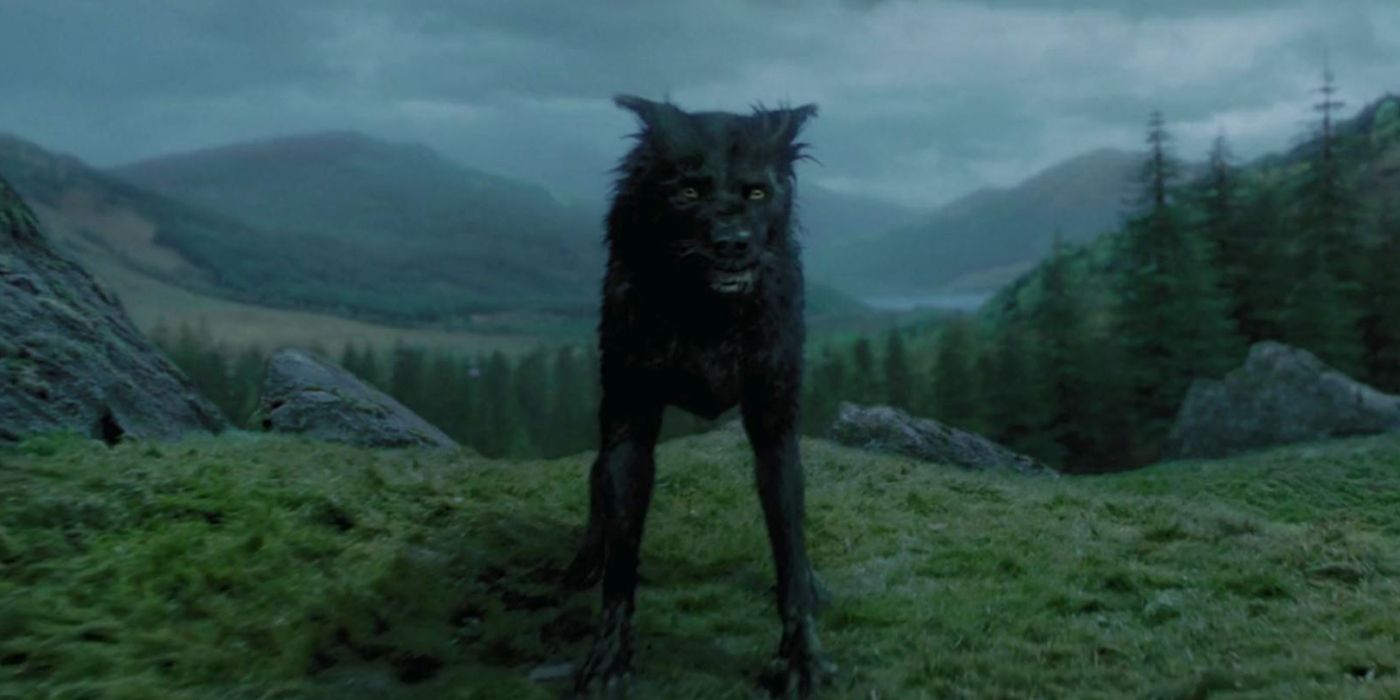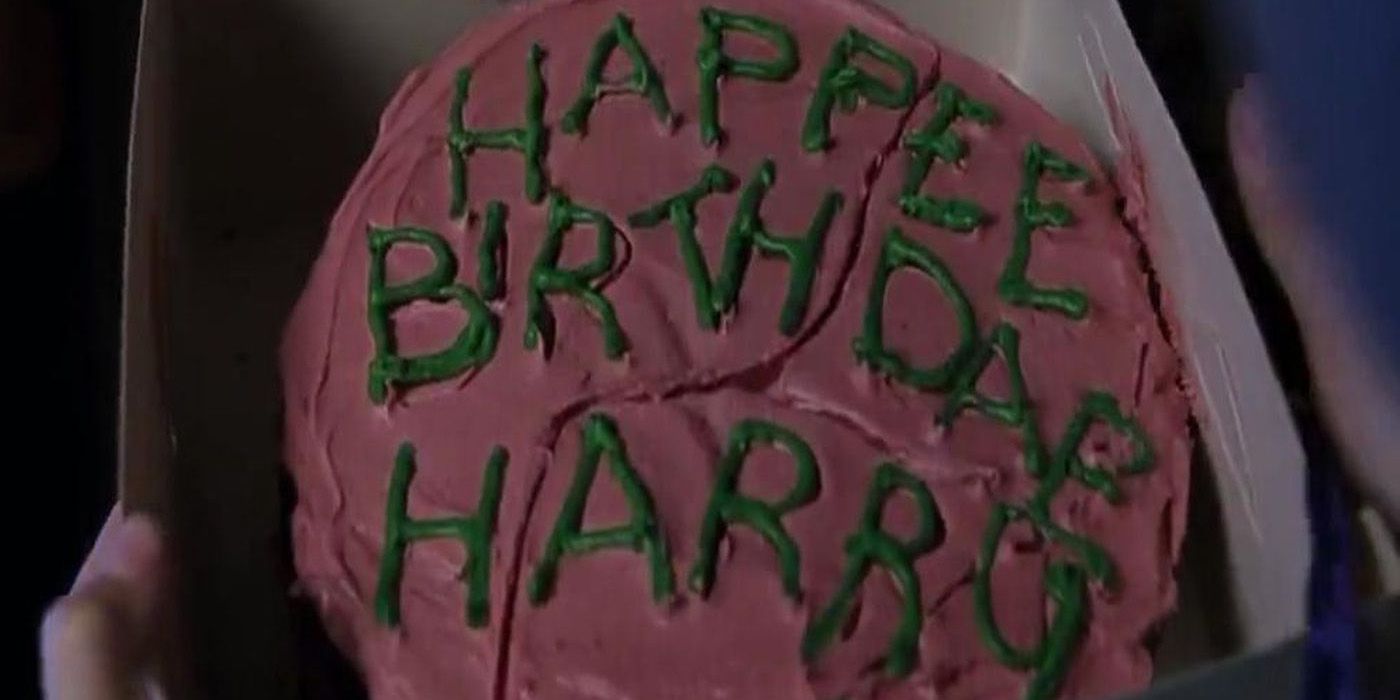If you haven’t read the Harry Potter series since the first time you picked it up as a kid, it’s easy to miss all of the references that J.K. Rowling packed into her books. Together, they can make for a pretty dense read, but one of the joys of revisiting the series as an adult is finding all of the mythological, allegorical, and historical references that she scattered throughout the pages.
Rowling has a degree in Classics, so it’s easy to see where she pulled her inspiration for some of the creatures, names, and symbols in her most famous work. Although much of the Harry Potter series’ world-building can be attributed to the author, she was also inspired by stories from all over the world.
While some of these references were obvious -- most people would probably be able to venture a good guess as to where the sphinx comes from, for example -- others were more cleverly hidden. Today, we've put put together a list of the ones you were most likely to miss. Here are 16 Hidden Myths and Legends in Harry Potter.
Deathly Hallows Is Full Of Christian Allegory
This might come as a surprise to people who remember all the schools and churches that banned Harry Potter for promoting witchcraft, but J.K. Rowling references Christianity pretty frequently. This is most obvious in the seventh book, Harry Potter and the Deathly Hallows.
Some readers have picked up on the Christ-like journey Harry undertakes towards the end of the novel. Instead of allowing death to continue during the Battle of Hogwarts, he walks alone to the Forbidden Forest and willingly sacrifices himself. Then he returns from the dead and defeats the evil once and for all, protecting his loved ones.
The quote on his parents’ tombstone that inspires Harry, “The last enemy that shall be destroyed is death,” is also a Bible verse, 1 Corinthians 15:26.
The Protean Charm is named after a Greek mythology figure
In Harry Potter and the Order of the Phoenix, Hermione uses the Protean Charm to communicate with the members of Dumbledore’s Army. Each member has a fake Galleon that is charmed to transfigure every time Harry updates his master coin. This way, they always know when the next meeting time is without drawing attention to themselves.
The name for this charm comes from Proteus, a figure from Greek mythology. Proteus was a servant of Poseidon who could tell you anything about the past, present, or future. To get away from people’s endless questions, he was able to quickly transform (or transfigure) into any animal or creature. The word ‘protean’ actually still means “tending or able to change frequently or easily,” in reference to him.
Veela come from legends of Central Europe
Movie-watchers won’t know much about the veela in Harry Potter, but book readers will remember that we were first introduced to them in Goblet of Fire, when they were brought to the Quidditch World Cup in support of the Bulgarian team. They’re stunningly beautiful women who can turn into terrifying creatures as soon as they get angry.
Rowling pulled the veela from the legends of Central Europe. They appear as beautiful women in those tales as well, but that’s hiding who they really are. According to local stories, veela were actually the souls of unbaptized young women that were stuck here on Earth. If you angered a veela, you could expect to die pretty quickly.
If you were kind, though, they were known to marry humans -- which might explain why Fleur Delacour is part veela.
The Weird Sisters are a Shakespeare reference
In the Harry Potter universe, the Weird Sisters are a super popular wizard rock band. (All of the members are men, despite the name.) They’re usually only referenced in passing, except for when they took the stage to play at the Yule Ball in Harry’s fourth year.
Their name comes from the three prophetic witches in the Shakespeare play Macbeth, who were also called the Weird Sisters. If you want to go back even further, Shakespeare himself got the name from old British legends. The weird sisters were alternately described as the Fates, nymphs, or fairies in an old 1577 text that Shakespeare used as a source.
Rowling has said that Macbeth is possibly her favorite Shakespeare play, so she probably couldn’t resist slipping in that reference.
Hermione’s name is a reference to Greek mythology
Hermione’s name is so unique that no one could agree on how to say it until the movies were released, but some hardcore Potter fans are already familiar with the direct source for Hermione’s name. Rowling has said in interviews that she took Hermione’s name from another Shakespeare play, The Winter’s Tale. (Can you see a pattern yet?) However, the original Greek etymology was another inspiration for her.
Hermione is a female derivative of Hermes, best known as the messenger of the Greek gods. Hermes was also the god of eloquence, wit, and quick-thinking -- something Harry Potter’s Hermione most definitely has in spades. Given Rowling’s classics degree, it’s pretty likely that this was another deciding factor in naming everyone’s favorite genius Gryffindor.
Nagini’s name comes from Eastern religion
Nagini is both Voldemort’s pet snake and one of his living Horcruxes. The snake is basically always by his side, even before he was completely restored to his body in Goblet of Fire.
Like everything in the Harry Potter world, even Nagini’s name has a meaning behind it. Naga is snake in Sanskrit as well as the name for a kind of semi-divine snake in both Buddhism and Hinduism. According to legend, nagas live in an underground city and have impressive magical powers. Another legend claims that a naga protected the Buddha from a storm by using its multiple heads as an umbrella. Still other legends say that nagas are human from the waist up and snake from the waist down.
Female nagas, regardless of legend, are called -- you guessed it -- nagini.
Kappas are a Japanese legend
In the Prisoner of Azkaban book, Professor Lupin teaches the third-year students about a variety of dark creatures and how to protect against them. The third one on his list is the Kappa, which is a creepy, bloodthirsty creature that lives in water.
This magical beast isn’t actually Rowling’s invention, but rather one that comes from Japanese legend. (Snape says that they’re from Mongolia at a later point in the book. He’s wrong.) Kappas are water demons that drink human blood and kill anyone who stumbles into their watery territory. As the third-year students learn, though, you can weaken one if you trick it into bowing. They keep water in a depression on top of their head, and they lose power if that spills out.
People were afraid of mandrakes in real life
The screaming mandrakes made their first appearance in the Chamber of Secrets movie and book. Harry and his classmates learn about the plants in Herbology class, where Professor Sprout makes them wear earmuffs before handling the baby plants. She tells them that the cry of a baby mandrake will knock them unconscious, but hearing an adult mandrake could actually kill them.
This seems like it’s been made up for the books, but people really used to be afraid of uprooting mandrake plants. The root of the plant kinda sorta looked like a human, so people in the Middle Ages thought that the plants had human spirits and could feel pain. They thought uprooting it, causing it pain, and hearing the scream would kill you.
Florean Fortescue is named after a historical witch-hunter
You’ll probably only be familiar with the character of Florean Fortescue if you read the books (or visited the theme park). Fortescue owns the ice cream shop in Diagon Alley that Harry, Ron, and Hermione visit occasionally. In the third book, when Harry leaves the Dursleys early and lives in The Leaky Cauldron for a few weeks, Florean Fortescue helps him with his homework on witch-burnings for History of Magic.
It’s not an accident that a random ice cream shop owner knows so much about witch-burnings. Diagon Alley’s Fortescue gets his last name from Sir John Fortescue, who enforced the 1563 British witchcraft laws. As Chief Justice of the King’s Bench, he presided over a lot of ‘important’ trials of suspected witches.
In a cruel nod to these witch-burnings, Rowling’s Fortescue was dragged off and killed by Death Eaters in Half-Blood Prince.
Magical dragon blood was inspired by ancient legends
Dragons have been a staple of legend, folklore, and fantasy since the early days of literature. When it came to these magical creatures, Rowling had a lot of potential inspirations to choose from. The first reference to dragons in the Potter universe is in Sorcerer’s Stone. Harry reads Dumbledore’s Chocolate Frog cards and learns that he’s partially famous for discovering the twelve magical uses of dragon’s blood.
According to old legends, many parts of the dragon were magical and could be harvested for healing purposes -- including the blood of the dragon. “Dragon’s blood” appears in a ton of different medieval Roman texts. You can still see dragon’s blood listed in modern pagan rituals, but it usually refers to a bright red plant resin.
Trelawney is descended from a famous Seer
Harry’s Divination professor, Sybil Trelawney, is a joke to most of the Hogwarts students who have taken her classes. Her multicolored shawls and classroom filled with incense cover up the fact that most of her predictions are false. When she originally applied for the job, Dumbledore said he only gave her a chance because she was descended from a great Seer, Cassandra Trelawney.
In Greek mythology, the figure Cassandra was a Trojan princess. In typical Greek god fashion, Apollo saw the beautiful mortal and gave her the gift of prophecy hoping that she’d fall madly in love with him. It didn’t work. He didn’t take the gift away, but instead cursed her to make sure no one would ever believe her predictions.
Sounds like a certain Hogwarts professor...
The Dark Mark was inspired by a Middle Ages superstition
Death Eaters are easily identified by the Dark Mark, a symbol magically burned into their arms that permanently marked them as a follower of Voldemort. When Voldemort pressed the Mark of any one of his Death Eaters, every other Dark Mark would simultaneously burn, signaling that Voldemort was calling his followers.
Rowling pulled inspiration for the Dark Mark from a Middle Ages superstition about the devil. It’s basically Voldemort’s version of the Devil’s Mark. Legend said that the devil marked his followers in “secret places,” and that his mark was a sign of a pact between a man and the devil. Anything from a wart to a scar could be declared a Devil’s Mark.
As you can imagine, this was basically a death sentence for anyone unfortunate enough to have imperfect skin.
Centaurs are seeing themselves in the stars
The centaurs aren’t given a lot of movie screen time. In the books, though, centaurs are known for their divination abilities. Whenever they appear, they’re more than likely making some frustratingly vague comments about the skies and the stars. Firenze even subs for Professor Trelawney after Umbridge declares her unfit to teach.
There might be a reason that Rowling decided to make her centaurs stargazers, and it’s written in the stars for readers to find. One of the Zodiac signs, Sagittarius, takes its name from the Sagittarius constellation. The constellation is often represented as a centaur pulling back a bow (not a goat, like popular astrology will tell you). For those in the Southern Hemisphere, the constellation Centaurus is one of the most visible in the sky.
Voldemort’s restoration potion comes from Roman mythology
In Goblet of Fire, Peter Pettigrew brews a Dark potion in a giant cauldron to restore Voldemort to his full body. The potion requires bone of the father, a willing flesh sacrifice from a servant, and blood forcibly taken from an enemy. This potion (and Voldemort’s obsession with getting Harry’s blood) is why Barty Crouch Jr. posted as Alastor Moody to lure the Boy Who Lived into Voldemort’s trap.
The inspiration for this restorative potion probably comes from the story of Medea. Medea originally appeared in Greek mythology, where she was believed to be a sorceress with magical abilities that helped her potions become incredibly powerful. In Ovid’s Roman retelling, she succeeds in resurrecting a human with a potion that she brews in her infamous cauldron.
British legends created Padfoot
Sirius Black is a fan-favorite character, so Potter fans have already dug up most of the trivia there is to find about him. A piece of trivia on basically every fansite, for example, is that Sirius is named after Sirius the dog star, in reference to his Animagus form.
What you might not know is that his nickname with the Marauders, Padfoot, also has a hidden meaning. There are multiple legends of magical black dogs in Britain. Some legends say that the dogs guard churchyards, while others claim that they appear suddenly right next to someone walking alone. This magical dog goes by a lot of different names, depending on where you are in Britain. If you grew up in the town of Staffordshire, though, you probably called it Padfoot.
Harry’s Birthday Has A Triple Meaning
Harry Potter’s birthday is July 31, 1980. Most fans are already aware of the two biggest meanings for this date. First of all, it’s also the birthday of J.K. Rowling herself. Second, it makes his Zodiac sign a Leo., which is an especially fitting sign for someone who was sorted into Gryffindor House.
However, there’s a third meaning that most people miss unless they really dig to find it. In the Celtic Zodiac, Harry’s birthday places him under the Holly sign. People born under Holly are said to be natural-born leaders, especially caring, and always up for a challenge. In case you think it’s just a coincidence that this describes Harry so well, remember that his wand is made of a specific wood...holly.
--
What are your favorite mythology references in Harry Potter? Did we miss one? Let us know in the comments.

